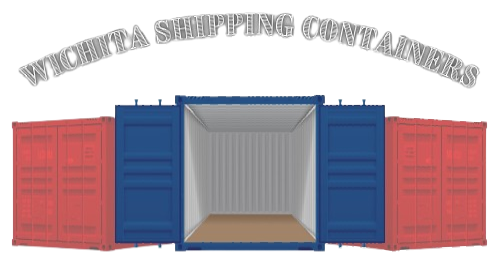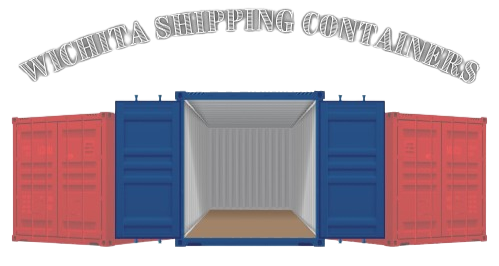Ensuring Integrity: The Importance of Wind and Water Tight (WWT) Shipping Containers
Why are WWT shipping containers are crucial for secure transportation and storage.
Introduction:
In the logistics and shipping industries, the condition of a shipping container can make the difference between the safe arrival of goods and a costly disaster. Wind and Water Tight (WWT) shipping containers are specifically designed to endure extreme weather conditions and ensure the integrity of their contents. This blog post delves into what makes WWT containers unique, their benefits, and why they are a preferred choice for transporting and storing goods.
Definition and Features of WWT Containers:
A Wind and Water Tight container is a used shipping container that is still structurally sound enough to provide complete protection against the elements. Key features include:
- Solid Structure: No holes or cracks in the walls or roof.
- Intact Doors: Fully functional doors with watertight seals.
- Floor Integrity: Floors free from excessive wear or holes that could compromise the container's integrity.
These features ensure that the container can safely shield its contents from wind, rain, and even sea spray during transport.
Benefits of Using WWT Containers:
Choosing WWT containers comes with several advantages:
- Protection Against Elements: The primary benefit of WWT containers is their ability to protect contents from environmental factors, crucial during lengthy sea voyages or outdoor storage.
- Longevity and Durability: Thanks to their robust construction, WWT containers can be used effectively for many years, making them a cost-effective solution for long-term storage and frequent shipping needs.
Assessing WWT Container Quality:
To ensure you are getting a true WWT container, consider the following during inspection:
- Check for Visible Damage: Look for any signs of rust, especially around the doors and roof. Minor surface rust may be acceptable, but deep corrosion can compromise the container's integrity.
- Inspect the Door Gaskets: Make sure the door seals are intact to prevent water ingress.
- Survey the Interior: Check for daylight coming through potential holes or cracks when inside the container.
Applications in Shipping and Storage:
WWT containers are versatile and find applications across numerous sectors:
- Construction Sites: Ideal for storing materials and equipment securely on-site.
- Retail Storage: Used by retailers for excess stock, particularly during peak seasons.
- International Shipping: The go-to choice for exporters and importers looking for a reliable way to protect their goods while in transit.
Choosing the Right WWT Container:
When selecting a WWT container, consider:
- Size Requirements: Depending on the volume of goods, choose between 20-foot or 40-foot options.
- Age and Previous Usage: Younger containers or those with less intensive prior uses may offer better longevity.
- Supplier Reputation: Purchase from reputable suppliers known for quality and service.
Conclusion:
Wind and Water Tight shipping containers are invaluable for anyone needing reliable, secure transport and storage solutions. By ensuring the container you select meets WWT standards, you can safeguard your goods against environmental threats and maintain the integrity of your operations. Always prioritize WWT certification to maximize the effectiveness and reliability of your shipping container investments.


